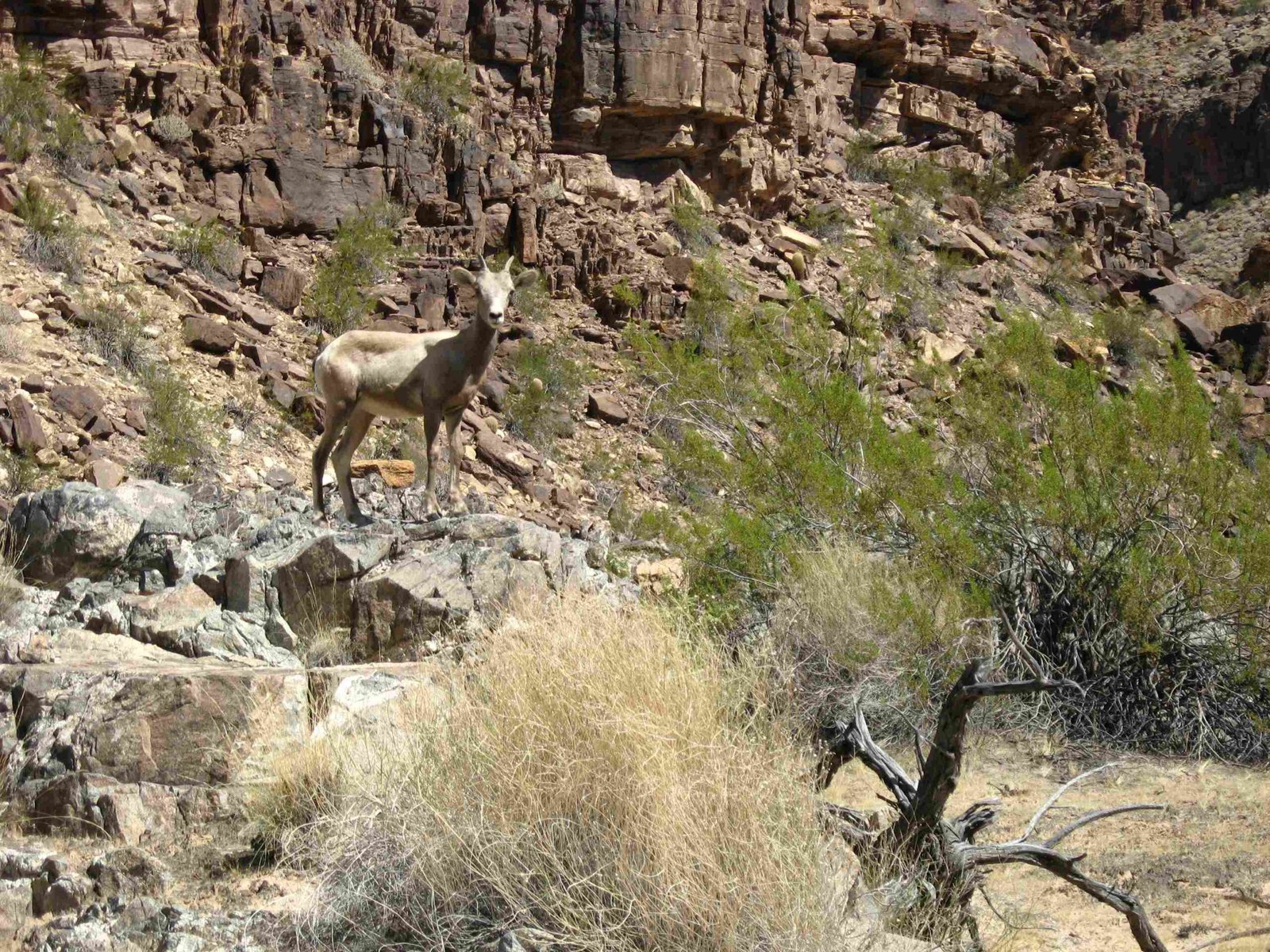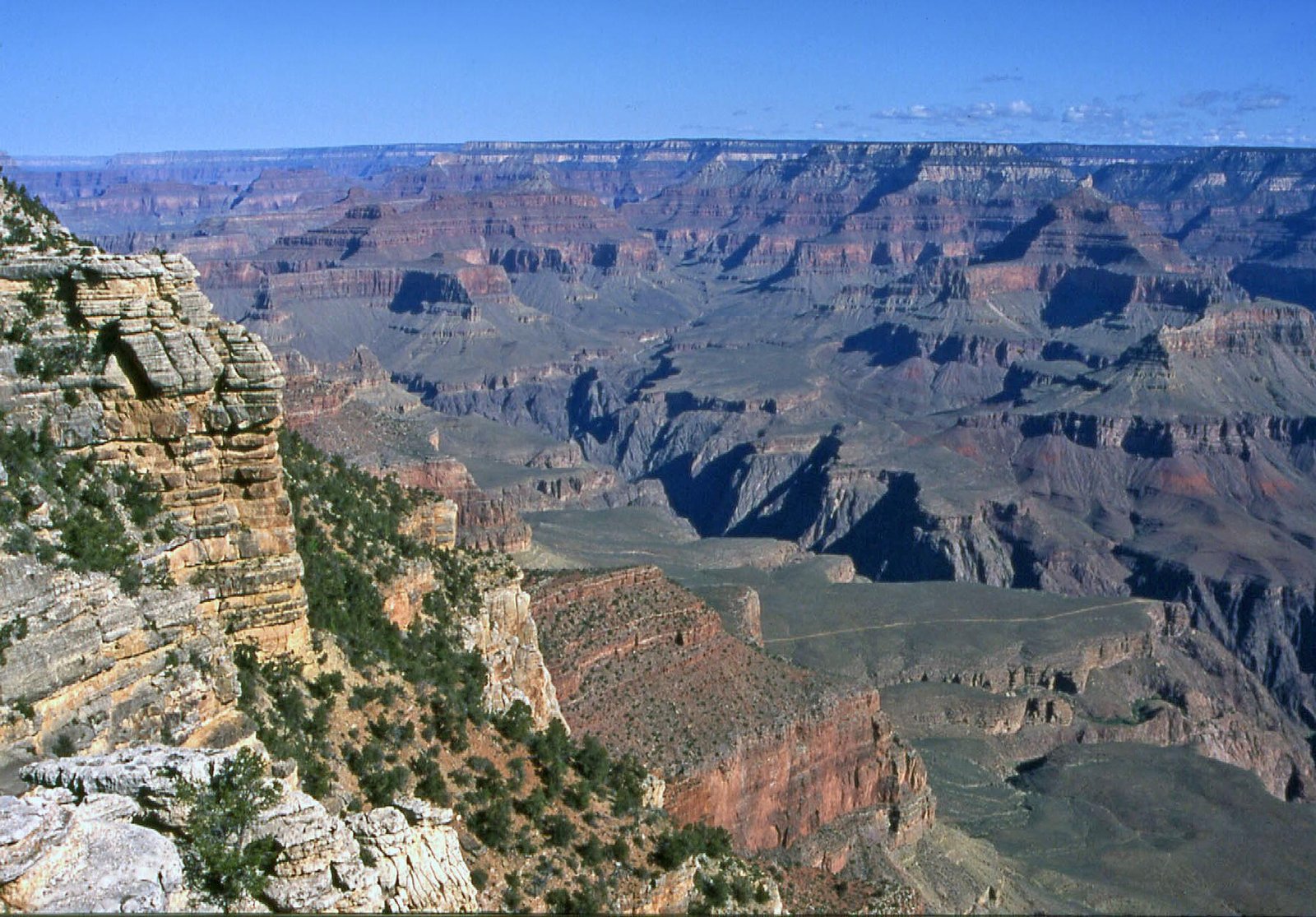The Grand Canyon represents a breathtaking geological archive, revealing nearly two billion years of Earth’s transformative processes. From primordial volcanic islands colliding with the proto-North American continent to the powerful erosive forces of the Colorado River, this landscape tells a complex story of geological metamorphosis, sedimentary deposition, tectonic uplift, and continuous environmental change.
What Makes Grand Canyon’s Earth History Unique?

The Grand Canyon’s geological narrative is extraordinary, representing one of the most comprehensive and visually stunning geological records on our planet. Its layers expose nearly 40% of Earth’s total geological history, making it a critical site for understanding planetary evolution.
How Did the Foundational Rocks Form?
Precambrian Basement Formation
- Volcanic Island Collision: Around 2.5 billion years ago, volcanic islands collided with the proto-North American continent
- Metamorphic Rock Creation: Extreme heat and pressure transformed sediments into Vishnu Schist, Brahma Schist, and Rama Schist
- Magma Intrusions: Zoroaster Granite formed through significant magmatic activities
What Geological Processes Shaped the Canyon?
| Geological Era | Key Processes | Duration |
|---|---|---|
| Precambrian | Basement Rock Formation | 2.5 – 0.5 billion years ago |
| Paleozoic | Sedimentary Deposition | 541 – 252 million years ago |
| Mesozoic | Plateau Uplift | 252 – 66 million years ago |
| Cenozoic | River Erosion | 66 million – Present |
How Did the Colorado River Contribute?
The Colorado River began carving the Grand Canyon approximately 6 million years ago, creating one of the most dramatic landscape transformations in geological history. Its persistent flow, combined with tectonic uplift, gradually exposed nearly two billion years of rock layers.
What Are the Primary Rock Formations?
Significant Rock Layers
- Vishnu Basement Rocks: Oldest metamorphic foundations
- Grand Canyon Supergroup: Sedimentary layers from ancient shallow seas
- Paleozoic Formations: Including Tonto Group and Redwall Limestone
- Mesozoic Sedimentary Layers: Representing changing environmental conditions
What Erosion Mechanisms Shaped the Landscape?
The Grand Canyon’s formation involved multiple erosion mechanisms:
– Hydraulic Erosion: Primary mechanism through Colorado River’s continuous flow
– Chemical Erosion: Mineral dissolution and rock breakdown
– Mechanical Weathering: Temperature variations and physical stress
– Mass Wasting: Landslides and rockfalls contributing to landscape transformation
Scientific Significance

The Grand Canyon serves as a natural geological laboratory, offering unprecedented insights into:
– Earth’s tectonic history
– Climate change patterns
– Sedimentary processes
– Biological evolution through fossil records
Research and Exploration Opportunities
Researchers and geologists continue to study the Grand Canyon, uncovering new details about its complex geological history. Advanced technologies like radiometric dating and satellite imaging provide increasingly precise understanding of its formation.
Visitor Exploration
For those interested in experiencing this geological marvel:
– National Park Service offers guided geological tours
– Multiple visitor centers provide educational exhibits
– Hiking trails expose different rock layers and formations
Conclusion
The Grand Canyon represents more than a scenic landscape—it’s a living geological manuscript, chronicling nearly two billion years of Earth’s dynamic history. Each rock layer tells a story of transformation, resilience, and continuous change.

